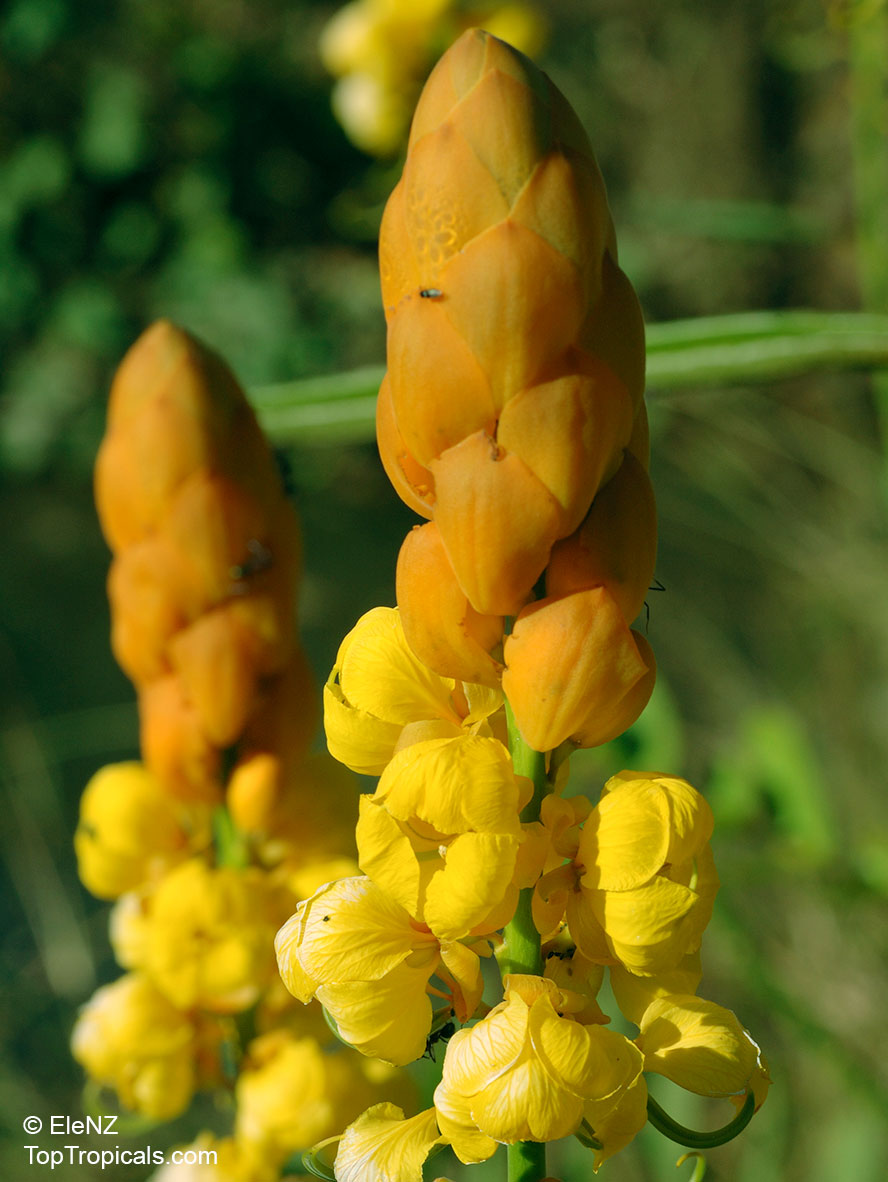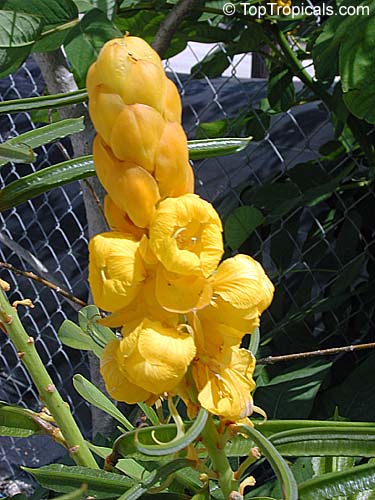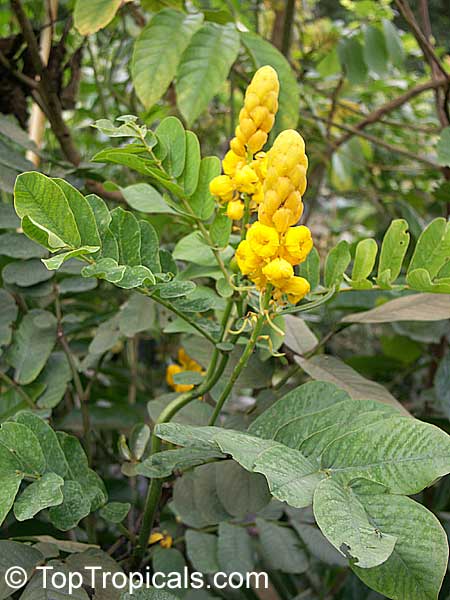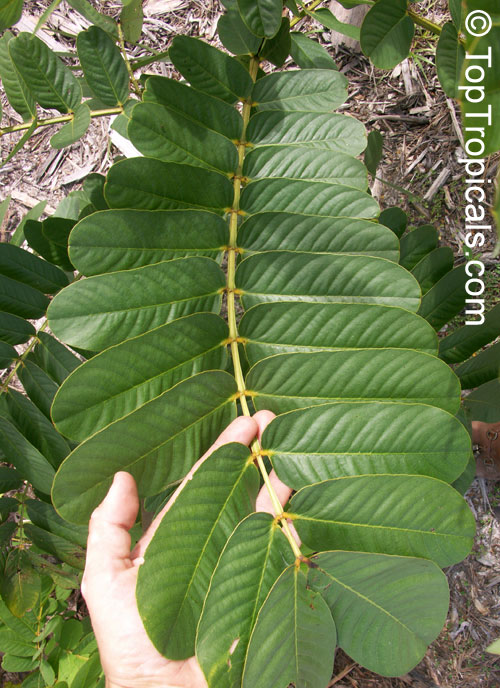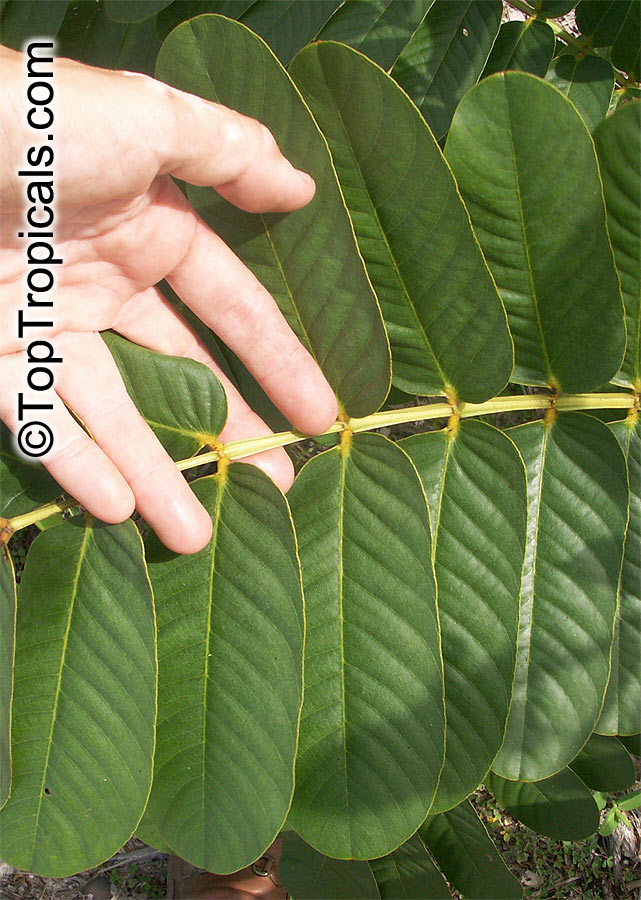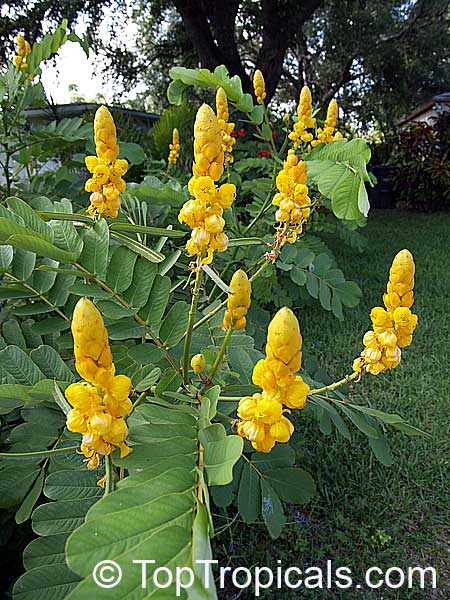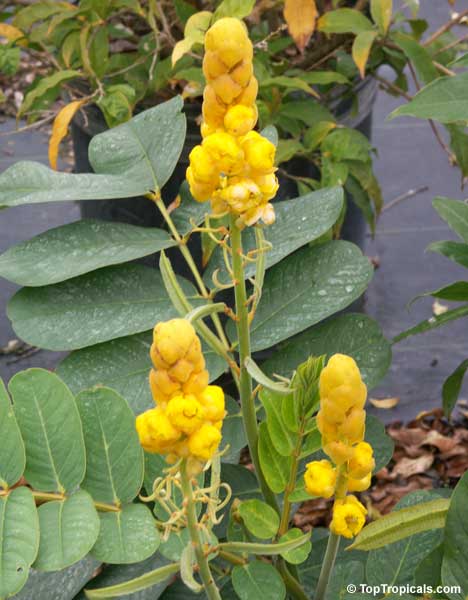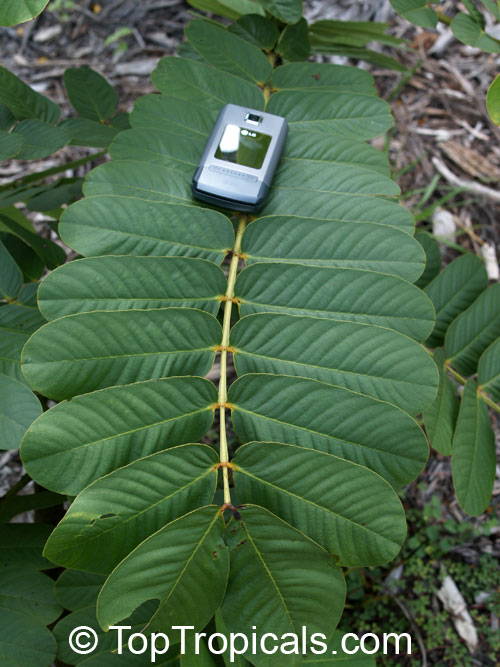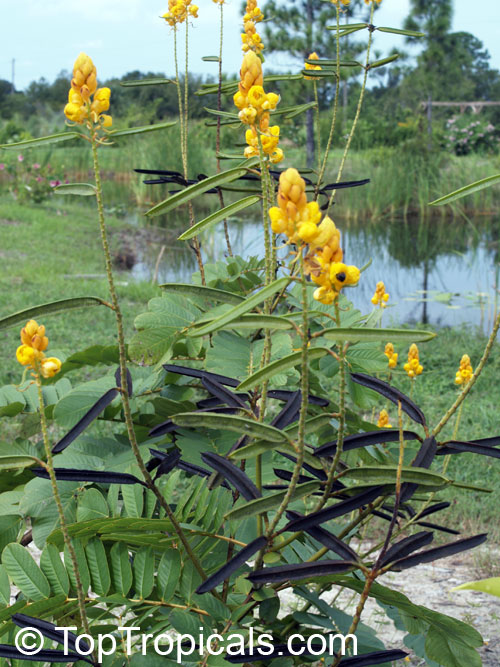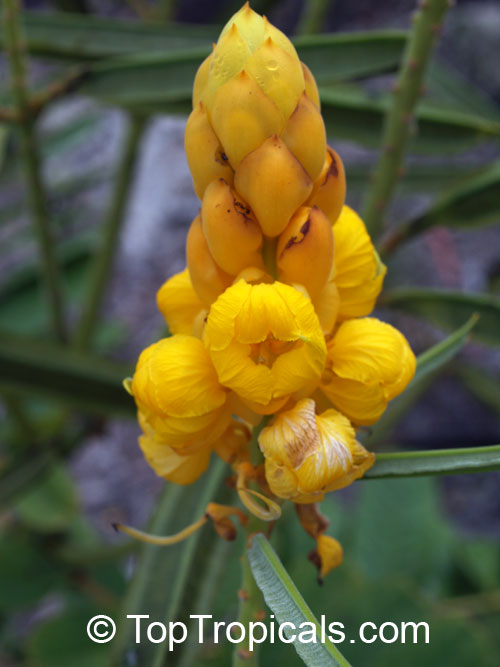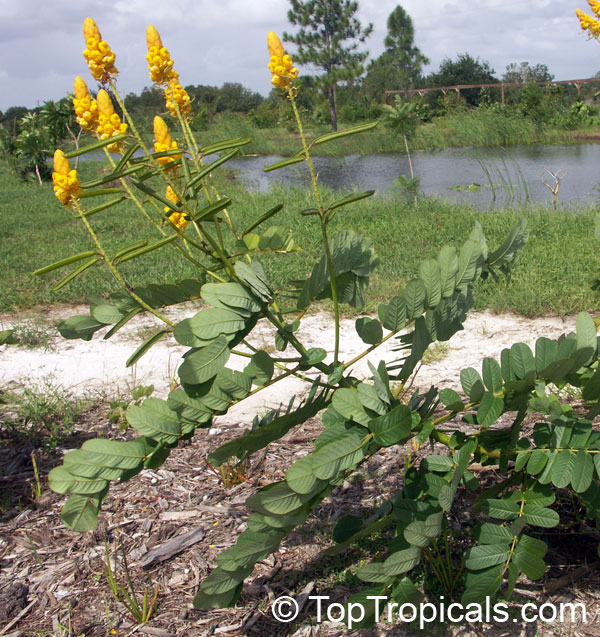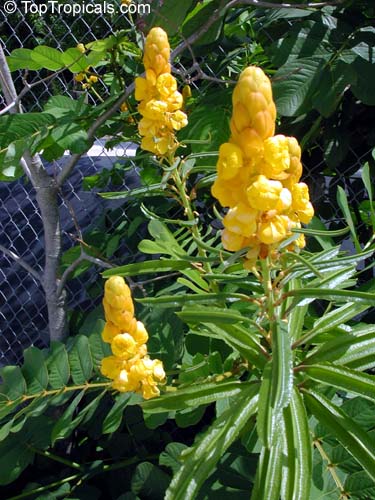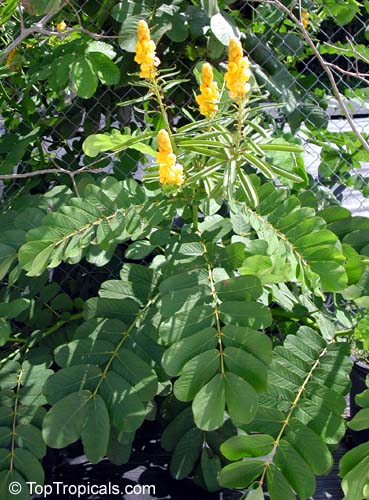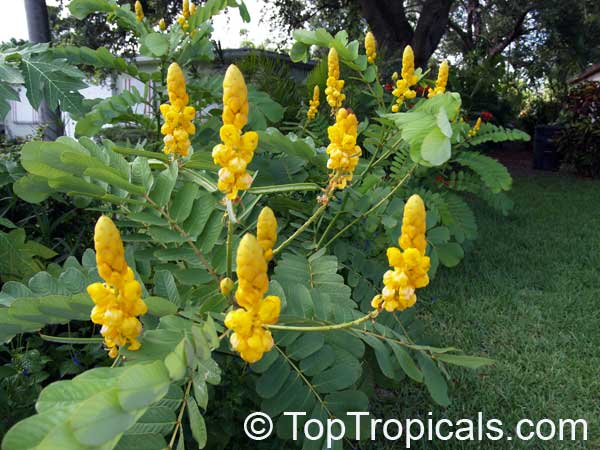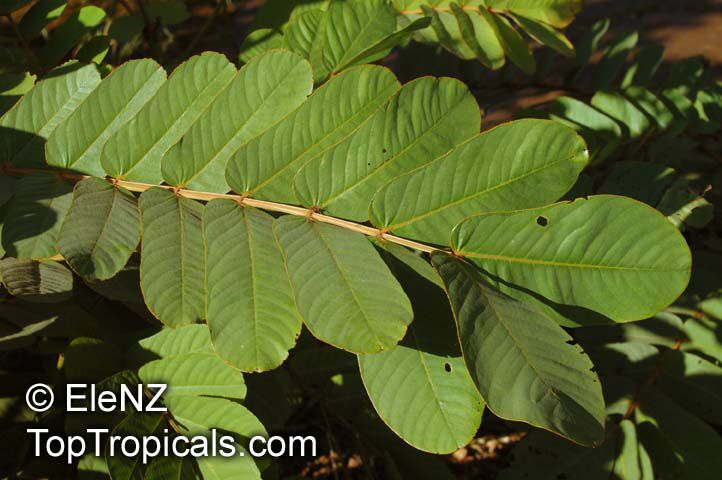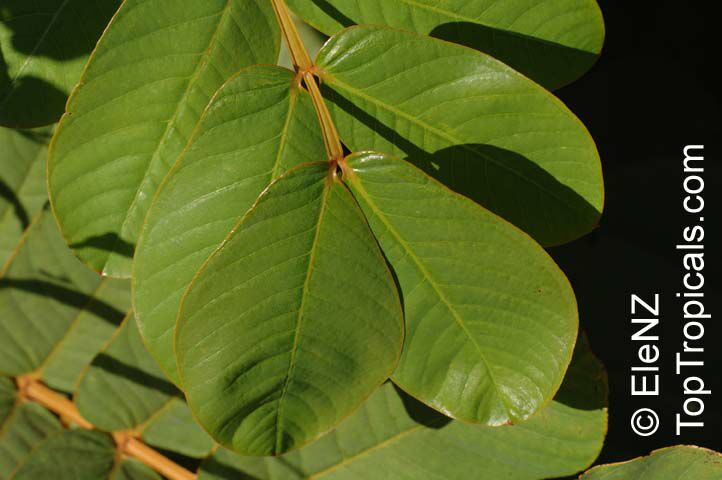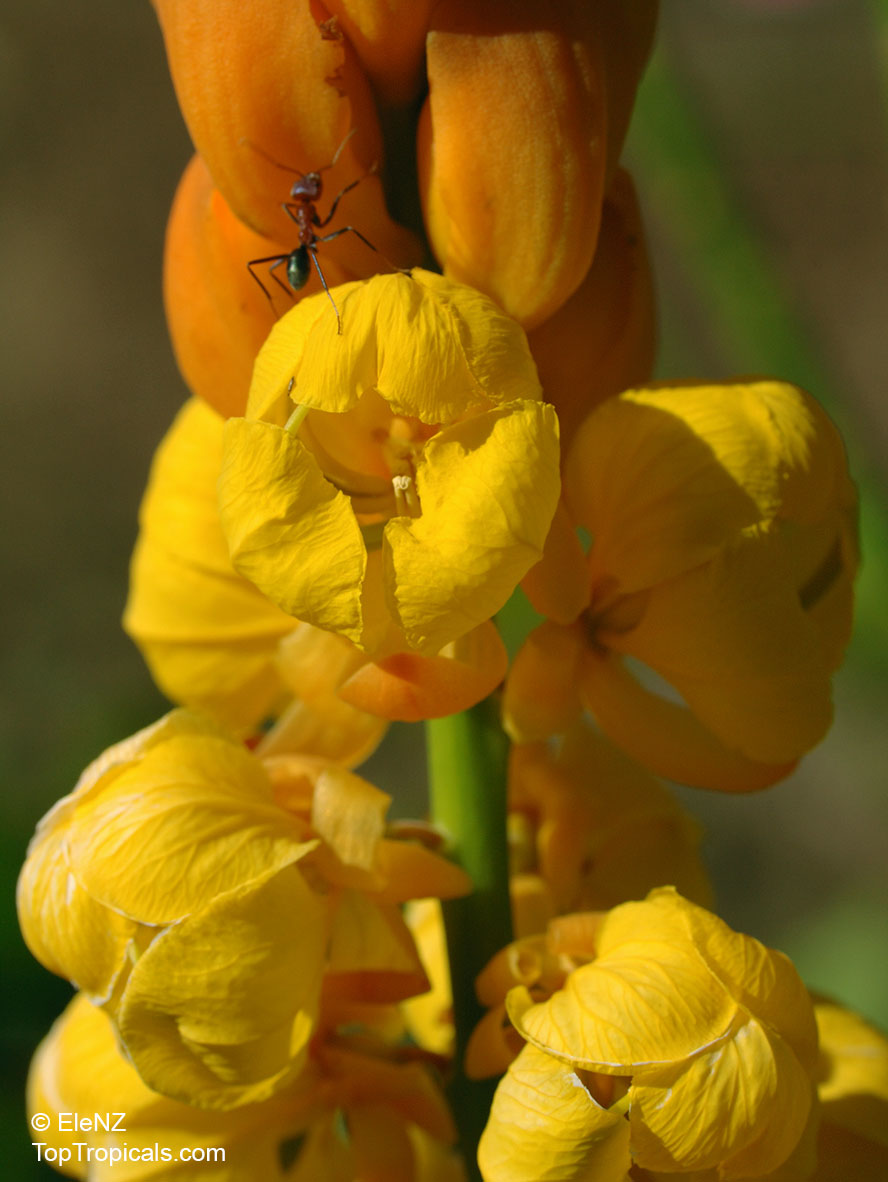Senna alata (Empress candle plant)
Top Tropicals Plant Encyclopedia
Botanical names: Senna alata, Cassia alata
Common names: Empress candle plant, Candle Bush, Carrion Crow Bush, Candlesticks, Candelabra Plant
Family: Fabaceae
Subfamily: Caesalpinioideae
Origin: South America









Empress Candle is a true garden wonder. Imagine a plant that grows fast, almost always has flowers, and covers large spaces with its lush leaves and beautiful blooms. Its huge leaves create nice cool shade for many feet around it which keeps weeds away. The plant grows up to 10 ft wide and 6-8 feet tall just in 1-2 seasons providing full sun and regular water.
The Empress Candle stands out for its rapid growth and non-stop blooming. Its green leaves shine in the sun, and its candle-like flowers add bursts of color and a sweet scent that bees and butterflies can't resist. The beauty of this plant also attracts hummingbirds and other pollinators.
What's truly special is how it turns your garden into a living masterpiece. It quickly spreads across the space, creating a vibrant picture of nature's beauty.
For any gardener, Senna alata is a must. It's like having a piece of nature's art that keeps shining and blooming, making your garden a breathtaking sight.
Senna alata is an ethnomedical plant, meaning it has many medicinal uses. In particular, the antibacterial and antifungal activities of the flowers have been used to treat tinea versicolor and ringworm infections.
Watch video about Empress Candle.
Similar plants: Senna alata (Empress candle plant)
- Cassia antillana (Golden Rain tree)
- Cassia bahamensis (Bahama Senna)
- Cassia occidentalis (Coffee Senna)
- Cassia spectabilis (Cassia)
- Senna bicapsularis (Butterfly Cassia)
- Senna corymbosa (Southern Cassia)
- Senna floribunda (Golden Showy Cassia)
- Senna multijuga (False Sicklepod)
- Senna polyphylla (Desert Cassia)
- Senna sp. (Cassia)
Ordering seeds info
RECOMMENDED SUPPLIES:
Seed Germination Mix #3, professional grade
SUNSHINE-Epi - Seeds and cuttings booster
SUNSHINE Bombino - Young Plant Booster
Recommended Fertilizer: SUNSHINE Megaflor - Bloom Nutrition Booster
